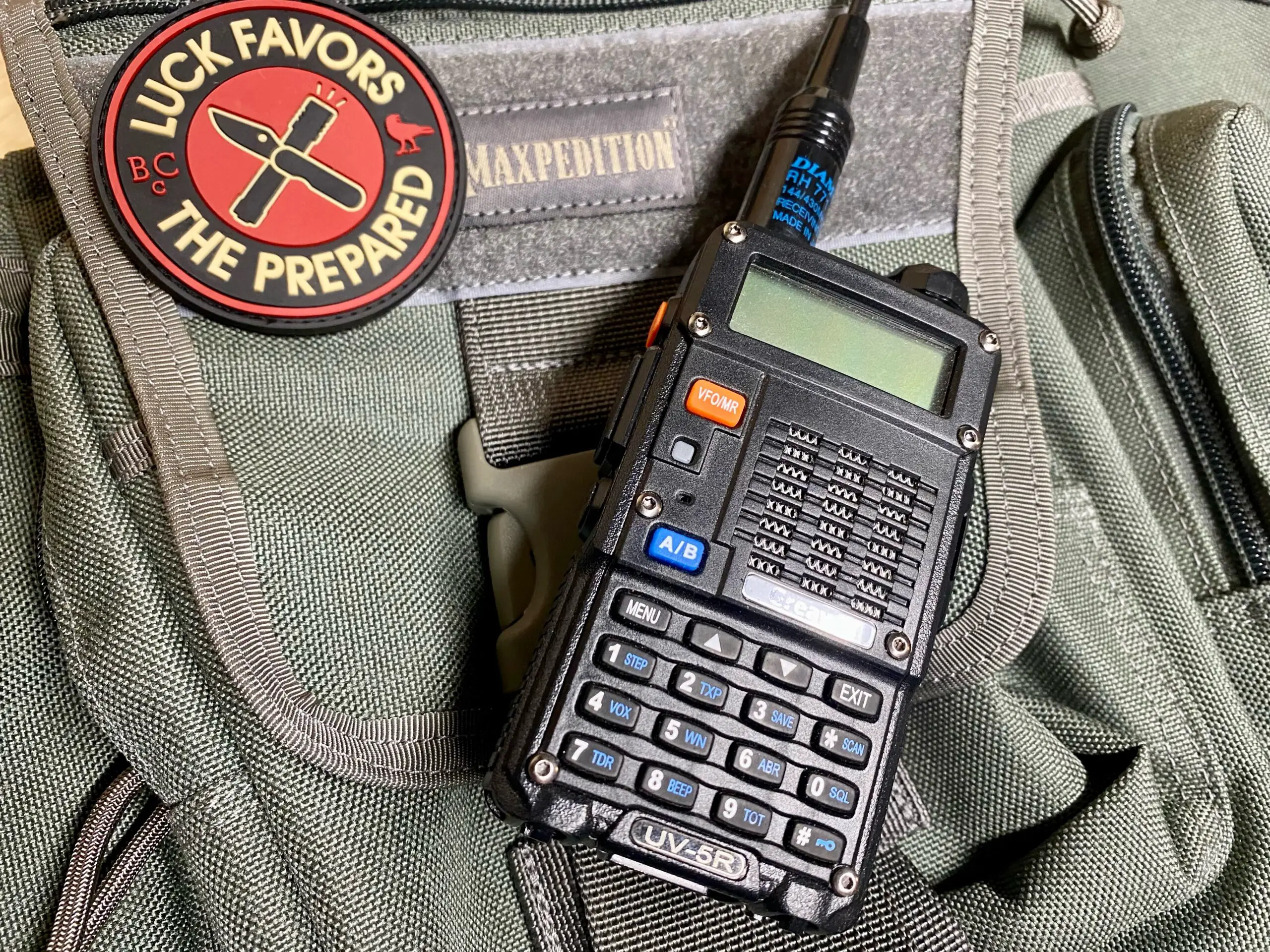Amateur radio (also known as ham radio) remains to be popular worldwide despite the introduction of numerous technological advancements.
It allows people to learn the basics of radio communication, with some using this medium to pursue and advance their interests.
Apart from communicating with people, what else can you do with a ham radio?
You can use ham radio to control drones and help provide situational awareness in disaster response. A ham radio also proves to be very helpful in disseminating communication during disasters. It can also be used to talk to astronauts at the International Space Station.
If you’re curious to learn some of the many ways this technology is useful, keep reading.
In this article, we cover five possible uses of ham radio beyond establishing communication that you can try for yourself!
Communicate During Disasters With a Ham Radio
We are accustomed to using our mobile phones, computers, and social media to get real-time information.
However, power outages during disasters can shut an entire network from the rest of the world.
Ham radios are capable of voice, text-based, and morse code communications, so they’re a great alternative in situations where communication is vital in saving lives and protecting properties.
Disaster response agencies, like the Federal Emergency Management Agency (FEMA) and the Red Cross, rely on ham radios for the wider dissemination of key information.
An example of this is when Hurricane Maria lashed the island of Puerto Rico in 2017.
The Category 5 hurricane destroyed the island’s electricity grid, ceasing all modes of communication.
The Red Cross appealed to ham operators in the mainland US to go to the island to help with the disaster response.
Catch the Latest Satellite Weather Images With a Ham Radio
Weather forecasts are used to predict an upcoming disturbance and prevent the potential loss of lives and property.
What helps them in these forecasts are images that come from satellites launched into space.
Ham radios can be utilized to get real-time weather satellite images from the National Oceanic and Atmospheric Administration (NOAA).
NOAA’s satellites dispatch an Automatic Picture Transmission (APT) signal that contains these images.
These images are converted by a software-defined radio (SDR) receiver or dongle that can be installed on your ham radio.
Here’s a YouTube video from Ham Radio Crash Course explaining how a ham radio and a computer can receive these weather images:
Control a Drone Using Ham Radio
Drones are popular nowadays in photography and videography.
The military also uses drones for intelligence gathering and surveillance.
It can also be used in disaster response, especially in situational awareness and helping first responders inspect dangerous areas without putting their lives at risk.
Ham radios can be used to control drones through radio frequency, provided it’s being operated within the amateur radio frequencies or you have obtained a ham radio license from the Federal Communications Commission (FCC).
It’s recommended that you apply for a ham radio license first before operating a drone that will surpass power limits, cause interference to other signals, or use inappropriate radio frequency bands.
Talk With Someone at the International Space Station
One may wonder what it’s like to live in space or what’s happening beyond the skies. People can directly ask that one to an astronaut at the International Space Station!
The Amateur Radio on the International Space Station (ARISS) was launched in November 2000 after the crew of Expedition One installed the station’s first ham radio system.
Its crew members hold question and answer sessions several times each year with people from all over the world tuning in.
There are also instances where the astronauts themselves send a message to thousands of ham radio operators during their time.
It provides them with some form of stress relief as they get to work at the station away from their loved ones.
Run Games and Contests With a Ham Radio
Ham radios can also be used to conduct various games and contests.
For example, chess used to be played by different colleges through the use of ham radios.
Also, some groups are currently running trivia contests through their broadcasts.
Yet, there are numerous games conducted by amateur radio enthusiasts.
Some of the most popular include the following:
Contesting
Contesting is an activity where amateur radio stations test their operating abilities and efficiency by contacting as many amateur radio stations as possible using a certain operating configuration.
These are run from as short as 30 minutes to as long as two days.
The contact with another amateur radio station during this activity is usually short as they are just asking for their name, callsign, signal reports, and serial number.
The American Radio Relay League (ARRL) and the CQ World Wide DX Contest sponsor different contests for enthusiasts throughout the year.
To know further about contesting, here’s a YouTube video from the Northeast Maryland Amateur Radio Club:
Fox Hunt
Fox hunt, also known as transmitter hunting, is a sport where ham radio operators use radio direction finding equipment and techniques to find a hidden radio transmitter in a specific radio frequency.
The tools used in this activity are a map, a compass, a handheld radio, a direction-finding antenna, and an attenuator that will cut back a received signal.
Fox hunt also serves as a practice for ham operators in finding anyone in distress during emergencies, where they can track the location of a person with a radio.
To learn more about how a fox hunt works, here’s a YouTube video from KB9VBR Antennas:
Conclusion
Ham radios are primarily used in disseminating information, but they can also be used in saving lives, protecting property, and providing an alternative mode of communication when the usual modes have been knocked out by a disaster.
It can also be used for recreational purposes like conducting games or talking to someone located thousands of miles away.

